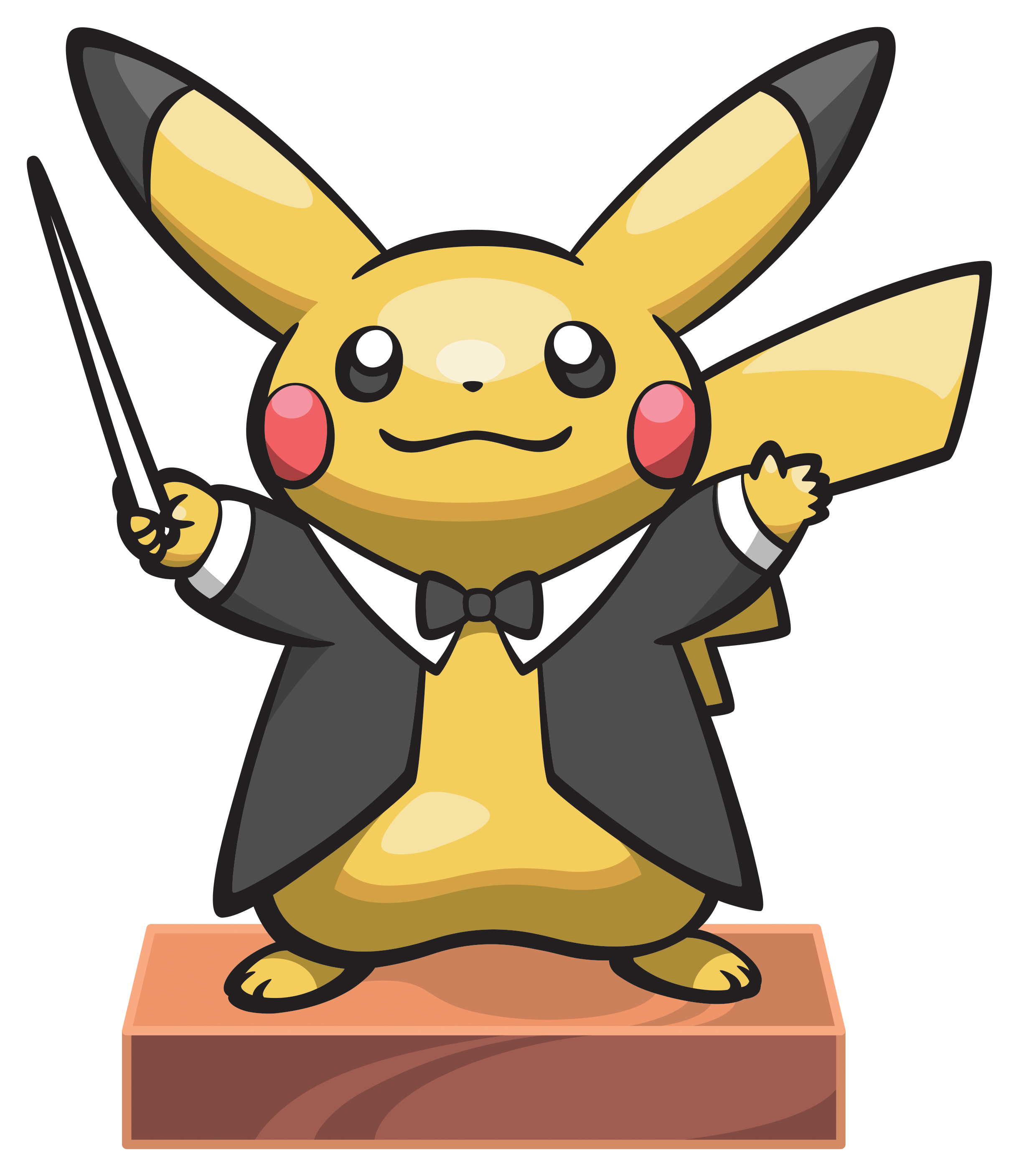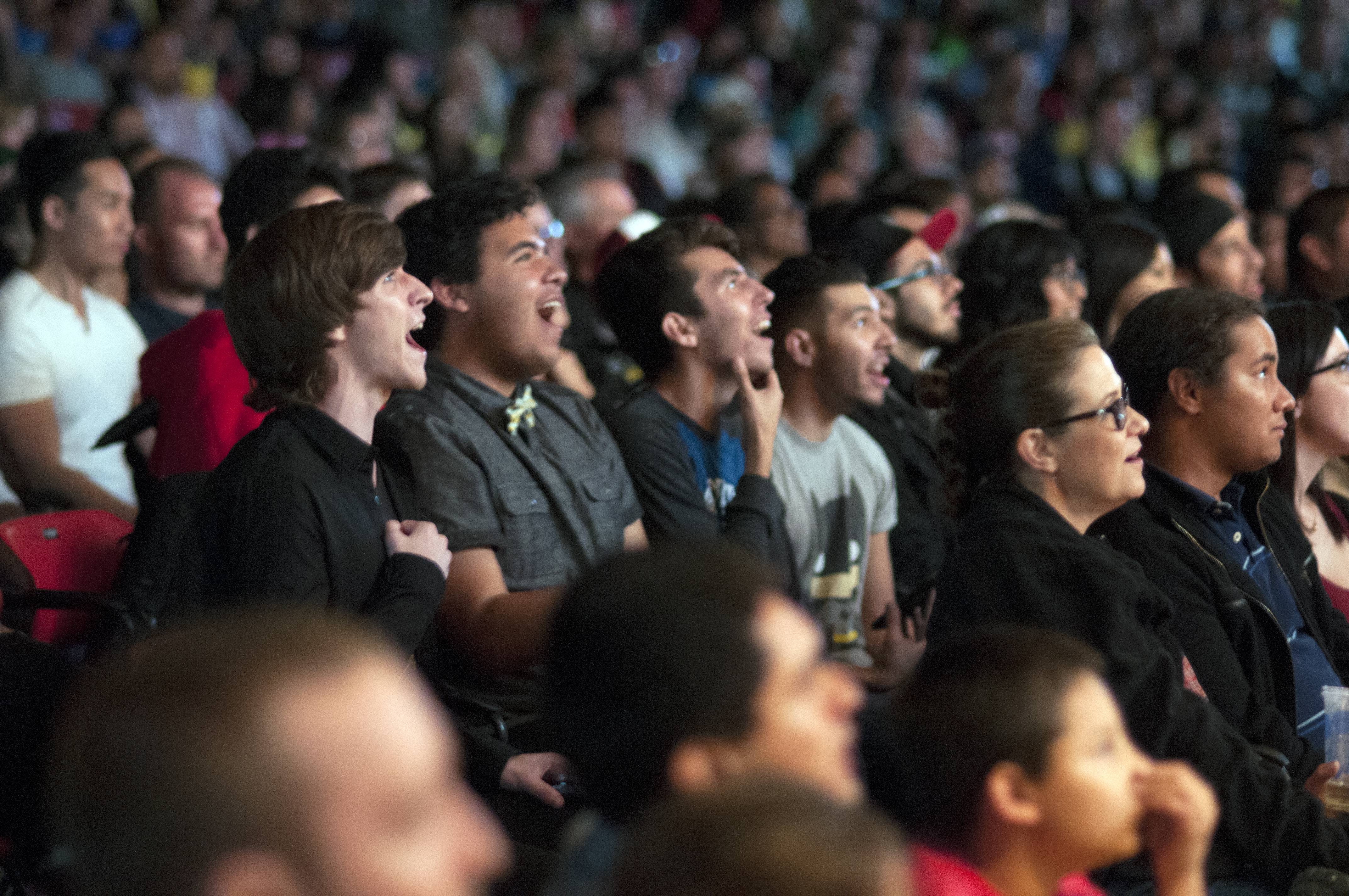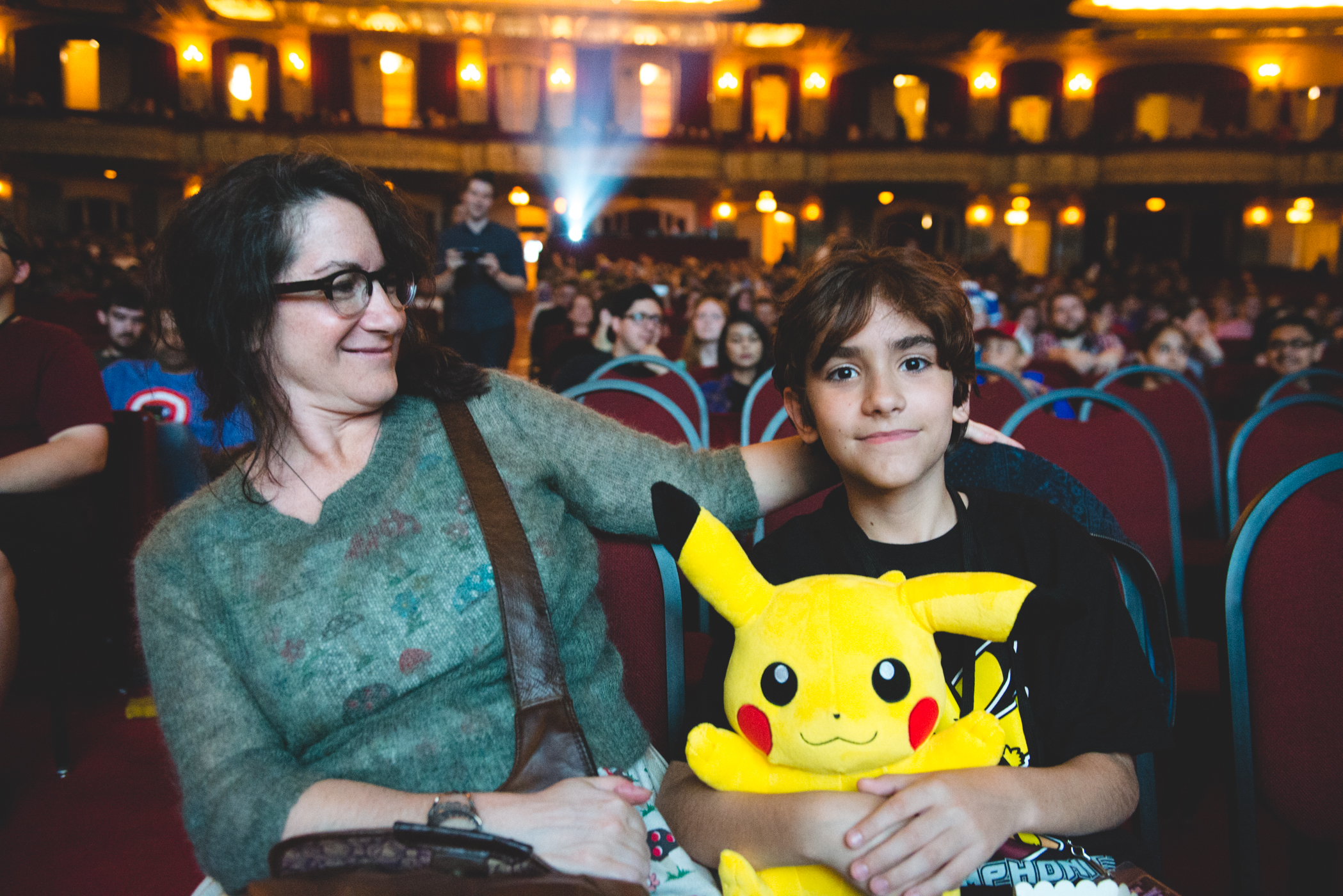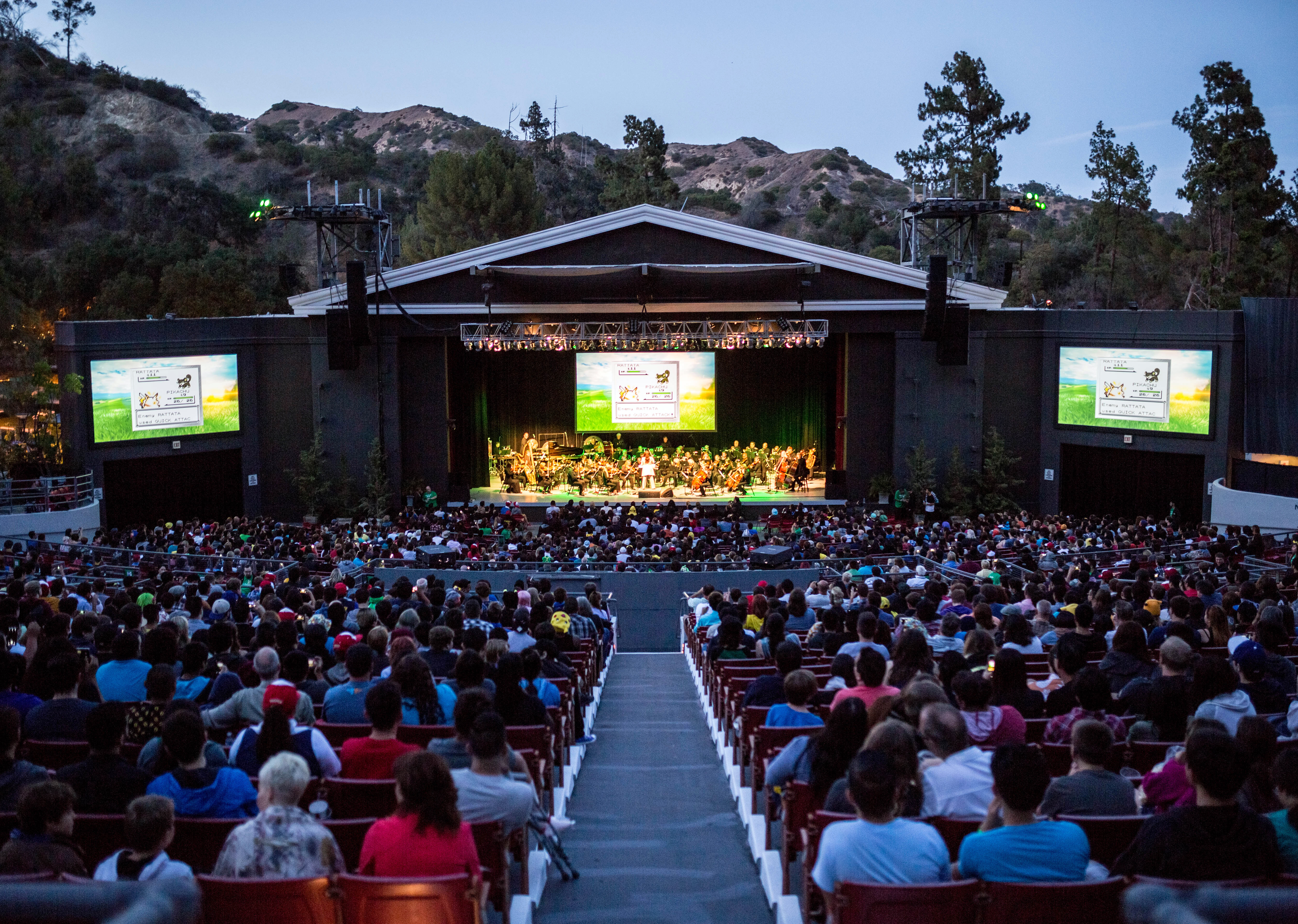
2014-2018
Following the on-going success of the Zelda concerts with Nintendo, I aspired to turn my team’s sights toward a slightly different franchise: Pokémon. Upon first glance most assume the Pokémon franchise is owned by Nintendo, however Nintendo only owns a third of what is formally known as The Pokémon Company. Thus began an entirely new pitching process with a company we had no previous track record with.

Nintendo made the necessary introductions and with sterling recommendations, which helped to get the ball rolling. The project was pitched over the course of 2-3 different iterations, and then quickly put into development in the summer of 2014. Pokémon Symphonic Evolutions premiered that August to sold out audiences for two nights during the 2014 Pokémon World Championships in Washington, DC, and continued touring until January 2018.

THE HURDLES
Despite appealing to all age groups, Pokémon is considered a children’s brand, so there exist many rules and regulations which force a careful, multi-tiered approval process for anything public-facing, including all marketing, as well as how events are executed with each new city/venue. This includes tight control over ancillary concerns such as beverage concessions (no creative Pokémon-themed cocktails), costume contests, and promotional partnerships.
Challenging, highly litigious, notoriously (and self-acknowledged) hard-to-work-with client needing constant oversight and involvement in project as pre-production and production progressed.
Very protective of brand, to the point of at times restricting and inhibiting the creative process. Brand guidelines and style guides had to be followed precisely, without exception.
Unlike Zelda, which tells a new story with every game, Pokémon essentially has you following similar narrative and objects with each game, they just take place in a different part of the world.
As a result, crafting a compelling, non-repetitive narrative required more heavy lifting, and a deep, granular understanding of the source material so editorial could process and reinterpret the unique aspects of each franchise entry, enabling accompanying visual content to smartly reference what makes each title special. The show represented at the time, all ~28 core titles (products).
Being a licensee, and by extension representing the Pokémon brand to thousands of people per event, it fell upon us to uphold TPC’s rigidity which had a trickle down effect to our partnering orchestras and venues, sometimes precluding them from conducting business as usual.










CLIENT MANAGEMENT
The Pokémon Company was formed as an entity whose soul intent has been to manage and police the Pokémon brand, so it is in essence a giant licensing machine, set up to work with external partners to perpetuate the franchise. Risk taking isn’t a big part of their creative strategy. They adhere to what works, and they apply strict style guides across the board, with approvals required for nearly every decision. This led to a very rigid relationship and mechanical, almost clinical development cycle, where comparatively speaking, with Nintendo on Zelda, we were given a much broader margin of creative license and due to this the project flourished in more ways.
Management of this client was challenging, and at times frustrating, but resulted in a final product that they, the franchise creators/creatives, and fans were all pleased with.

INSIGHTS
Understanding the delicate line between when to relent and when to push back on feedback.
Respecting The Pokémon Company and their role as overseers for the intellectual property, but owning my team’s expertise and knowing when to defend it.
Regular, detailed reports on all moving parts, with links to relevant assets when required.
Balancing your reputation against the often conflicting / controversial demands of the client, and the partnerships you directly own.
